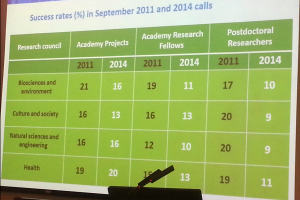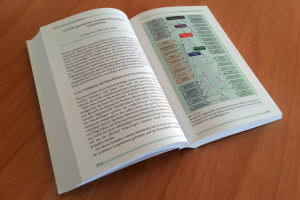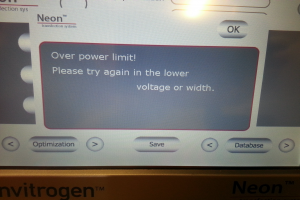Difficult start
By jeltsch on Wed, 08/26/2015 - 23:37UPDATE: I asked the Academy for the funding rates for the Academy Professor positions, but there are so few of these positions that you don't get any usable statistics out of that data. I received a very transparent answer from the Academy (including the numbers I was asking for). The decision to preferentially cut funding from postdoctoral researchers was a conscious one by the Academy to preserve the means to do competitive research for projects and Academy Research Fellows. However, the trend to move funding from younger to older researchers seems to be general and has been going on already for half a century in the US (see e.g. here: http://metamodern.com/2009/11/27/great-science-great-scientists-and-icons/ or here: http://nexus.od.nih.gov/all/2012/02/13/age-distribution-of-nih-principal...). Our future depends on new ideas and innovations. I am not sure, whether it is true that younger investigators come up with more new ideas and innovations as claimed in the blog post above (http://metamodern.com/2009/11/27/great-science-great-scientists-and-icons/), but if that is the case, moving money away from them would a bad idea in the long run.






